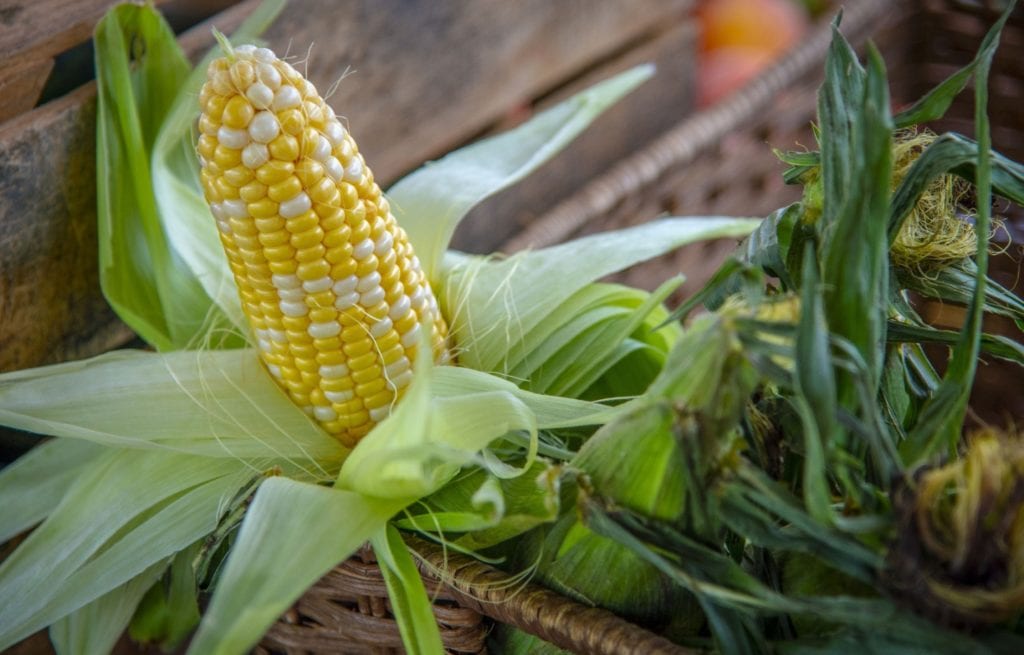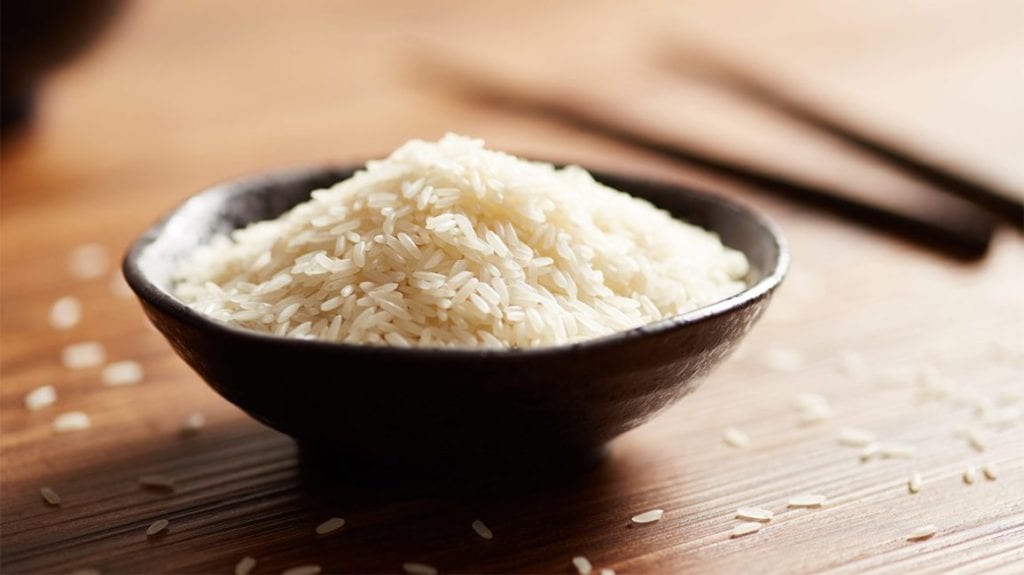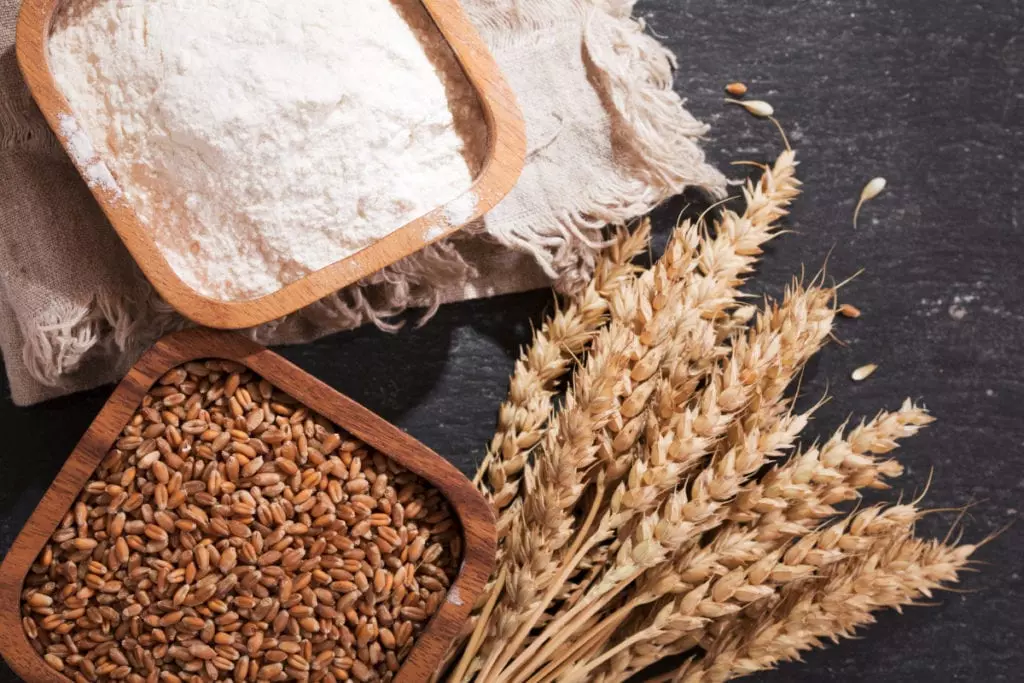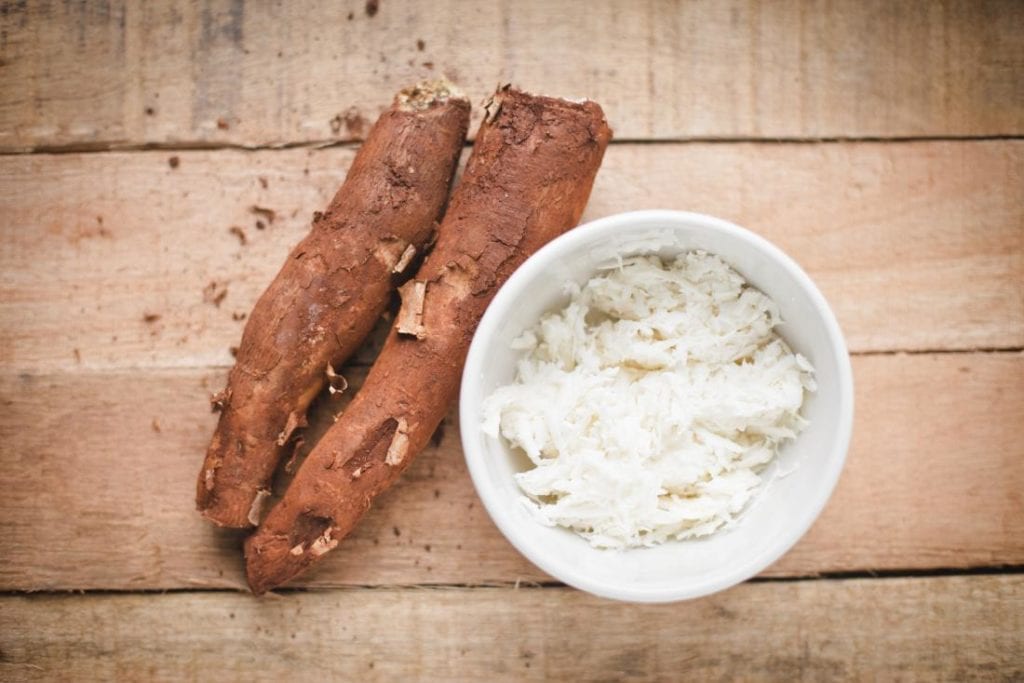There are quite a few things on which the whole world depends. There is oil, used not only to propel vehicles of all kinds, from personal cars to public transport but for heating, the production of various materials. There is electricity used everywhere from heating our homes to charging our smartphones. There is telecommunication that we increasingly rely on to keep in touch and to bring everything from knowledge to entertainment within our reach. But by far the biggest thing we all depend on is food. And as such, the branch of the global industry that produces and distributes food is the biggest in the world.
The production and distribution of food are very complex and layered. There are, in turn, a few key ingredients that are predominantly used in our daily diets – these are usually called “staple foods” and differ from area to area, from continent to continent. Let’s see which these are and who is the biggest name in their production and distribution.
1. Corn

Corn is one of the oldest staple foods, with a history that goes back ten thousand years. Today, it is cultivated all over the world, in huge quantities: last year, the global production of corn was around 1.1 billion tons.
Corn is used in many areas. It is used as a food or a feed ingredient, its sugar content – in the form of high-fructose corn syrup. According to this website, all the biggest food and beverage companies use it in their products. At the same time, a good part of the corn produced worldwide is transformed into ethanol used as a biofuel for cars (mixed with gasoline) and various chemicals, plastics, adhesives, and such.
The United States is the biggest producer of corn in the world, with an estimated production of more than 350 million tons in 2019.
There are several cultivars of corn that are produced with different goals. The “usual” corn is used as food – as cornmeal, starch and canned sweet corn – or animal feed. Then again, there are different cultivars that are used for the production of popcorn, for example. And the quantity of popcorn produced (and eaten) globally is also huge: each year, about 11 million tons of corn is popped.
2. Rice

Rice is usually associated with Asia – but it’s a widely consumed food all over the world. While it is not the staple food with the biggest yearly production (around 700 million tons were produced in 2017), it is the most widely consumed staple food around the globe. Rice is almost always consumed whole – there are a few foodstuffs, like rice noodles, that use rice flour as their main ingredient.
China is the biggest producer of rice in the world, with a total production of more than 200 million tons, followed by India, Indonesia, and Bangladesh.
There are many popular types of rice available – the most common are the long-grain brown and white varieties, basmati rice (commonly produced in India and Pakistan), arborio, commonly used for cooking risotto, and the sushi rice, widely used in Japan. These types of rice have a different flavor, fiber, and starch content, making them fit for their respective uses. And recently, a new type of rice was added to the list: the golden rice, a GMO cultivar with a high beta-carotene content (a precursor to vitamin A), meant to prevent childhood blindness in areas where the local foods aren’t rich enough in vitamin A.
3. Wheat

Wheat is the staple food of the western world. While its productivity is far below that of corn, it is the one with the most land dedicated to its production: more than 200 million hectares (almost 500 million acres). Close to 700 million tons of wheat are produced each year, with the biggest producer being China with around 122 million tons. Wheat is almost always milled into flour.
There are several types of wheat. Common wheat is the most widely cultivated, used to mill the flour for bread, and durum wheat is the second-most-widespread, used to produce pasta. Other varieties have different contents of starch and gluten, which gives them different properties.
4. Potatoes

Potatoes are eaten all over the world thanks in part to fast food but it’s an essential food in Europe – especially in the Northern and Eastern areas. There are more than 1000 cultivars of potatoes out there, used in many ways – from the production of vodka to bioplastics. But their main use remains eating.
In 2018, the global production of potatoes has reached close to 370 million tons, with the biggest producer being – you guessed it – China.
As we said above, there are literally hundreds – more than 1000 – potato cultivars out there, including local varieties specific to certain areas. Potatoes can be divided into two main groups, though – they can be starchy (with a high content of solids and low in moisture that become mealy and fluffy when cooked, like the best-known potato cultivar out there, the Russet) and waxy (with high moisture and low starch content that retain their shape when they are cooked).
5. Cassava

Cassava, also known as manioc or yuca, is the root of a shrub native to South America – and another staple food. Each year, more than 250 million tons of cassava is produced. It is used a lot like the other tuberous staple food on our list: it is eaten, it is used as animal feed, as an ingredient for various alcoholic beverages, and a large quantity is used each year for the production of tapioca, a starch extracted from the cassava tuber, used as food and animal feed. Also, it is studied as a potential raw material for biofuels.
Although it originated in South America, its biggest producer is Nigeria but other countries like Thailand, Indonesia, and Brazil also produce massive quantities.
Staple foods are the most valued because they provide the necessary nutrition while being suitable for long-term storage. Staple foods are also the basis of the food industry and are sold in enormous quantities each year, making them a massive business all over the world. And perhaps the most important one.





